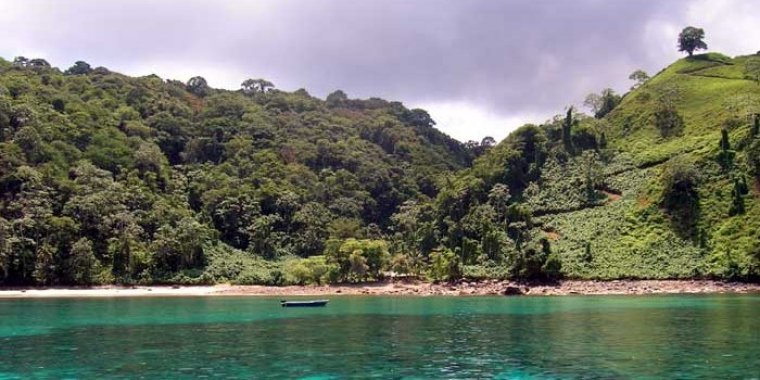Unveiling the Treasures of Cocos Island at Antigua Aduana, San Jose
From now until June 23, nature enthusiasts and adventurers have the unique opportunity to embark on a virtual journey to one of the most secluded and vibrant ecosystems on the planet—Cocos Island. This immersive event, held at the Antigua Aduana in San Jose, offers attendees a vivid encounter with the island’s spectacular marine life, dramatic cliffs, underwater caves, and verdant trails.
Celebrating 30 Years of Conservation Efforts
Organized by the Cocos Island Friends Foundation (FAICO) to mark its 30th anniversary, this initiative is supported by an alliance including the Costa Rican government, the National Insurance Institute, and various environmental and conservation entities. This event not only showcases the island’s breathtaking natural beauty but also underscores ongoing efforts to preserve and protect this unique environment.
A Global Icon of Biodiversity
Declared a UNESCO World Heritage Site in 1997, Cocos Island is a beacon of biodiversity. It has been recognized as a Wetland of International Importance and a Global Ocean Refuge. Known as the “Shark Sanctuary,” the island is critical for numerous marine and terrestrial species, boasting extensive coral reefs that support an astonishing variety of fish and other marine life.
An Island of Endemic Richness
Cocos Island is a treasure trove of flora and fauna, with 2,600 species calling it home, including 296 plant species—48 of which are endemic. The island plays a pivotal role in marine biodiversity as a crucial point for ecological connectivity.
Education and Awareness: The Path to Conservation
Despite its global significance, a recent study has shown that only a quarter of Costa Ricans are aware of Cocos Island. In response, FAICO and ACMC have launched an awareness campaign highlighting the island’s unique status and importance. This campaign coincides with a high-level oceanic event in Costa Rica, setting the stage for the 2025 world summit in France.
A Sanctuary for Sharks and Birds
Cocos Island is internationally famed as a haven for 14 species of sharks, including the iconic hammerhead shark. It also serves as the sole nesting site in the Eastern Pacific for the White Tern, emphasizing its critical role in global biodiversity.
Conclusion
This exhibition not only offers a glimpse into the majestic natural world of Cocos Island but also emphasizes the importance of ongoing conservation efforts. By fostering greater awareness and appreciation, the organizers hope to inspire continued support for protecting this invaluable natural heritage, ensuring it remains a sanctuary for future generations.

